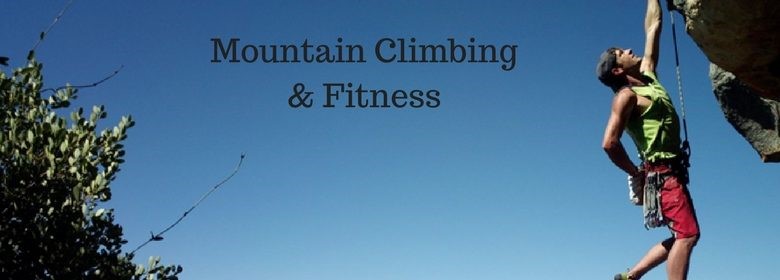How does mountain climbing help with fitness?

Planning to try mountain climbing for a fitness adventure? It’s not enough to just show up with your gear and guidebook, you’ve also got to be physically prepared to go the distance, as there aren’t any quick exits from the side of a mountain. Your planning must include spending an appropriate amount of time and energy on getting your body’s physical systems prepared for any kind of obstacle.
Keeping that in mind, here are a few tips you need to keep in mind:
1. Building Strength
Mountain climbing requires a lot of strength. Since it’s not only your body that you need to pull up the mountain but it’s also, a large backpack that your body needs to carry along. Start 3 months prior. Include exercises such as pushups, pull-ups, dips, squats, and lunges. Once your body gets used to this, add extra weight with a weighted vest or a loaded pack on your back. Strength training is a must to build stamina and have control of your weight. Best choice exercises are dead lifts, front squats, bench press and military presses.
2. Increasing Stamina
Most people aren’t going to ‘bag a peak’ in an hour or 2, therefore increasing your stamina is a vast piece of coaching for mountaineering. Having the ability to stay moving and alert, for hours and hours, is a key talent for mountaineers. Any mountaineering exercise plan should include both aerobic endurance (running, cycling, and aerobics classes) and anaerobic endurance coaching (High intensity interval training), which might include both continuous movement and high intensity interval coaching. You need to keep moving your body upwards, activities like step climb (with a pack) and hiking steep terrain are nice for operating those lower body parts which can bear the force of the work once you are truly out on the mountain.
3. Altitude Training
Climbing mountains isn’t like too many different adventure sports, even apart from the danger factors concerned. Sure, the fitness requirements are somewhat kind of like other activities (such as strength and stamina), however with mountain climbing, the higher you get, the tougher your body needs to work. Additionally, it will take days for a body to conform to high altitude, thus it isn’t enough to easily head for the hills and begin coaching. However the nice news is that for shorter length climbs, the potency of your body may be raised through your stamina coaching, and a body that uses oxygen more with efficiency tends to try and do higher at altitude.
4. Climb, Climb, Climb
After all the intense level training, the real test is when you actually step on the rock. And one of the best ways to train is, you guessed it, to go climbing. Climb often, climb hard, and climb smart. Motivate yourself and continue motivating till you reach the top!
Reference:
https://www.seeker.com/how-to-prepare-for-mountain-climbing-the-exercise-regimen-that-will-ge-1765466422.html
http://www.alpineinstitute.com/articles/physical-conditioning-for-mountaineering-expeditions/
https://www.thebmc.co.uk/health-benefits-of-climbing-and-hill-walking
